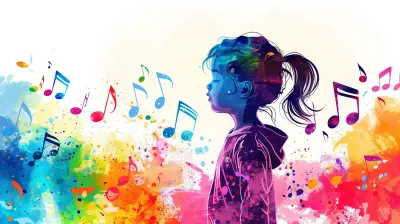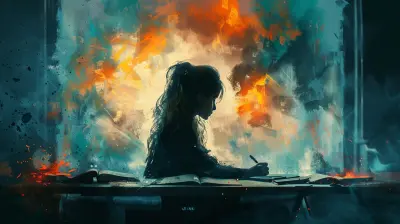How to Nurture Student Creativity Through Project-Based Learning
4 June 2025
Creativity is like a muscle – the more you use it, the stronger it becomes. And just like any muscle, student creativity needs regular exercise to reach its full potential. In today’s fast-paced world, fostering creativity in students is more important than ever. Project-based learning (PBL) offers an incredible way to tap into that creative potential and help students think outside the box. Whether you're a teacher, a parent, or even a student yourself, you might be wondering how to nurture creativity in a structured yet flexible way. Well, you're in the right place. Let's dive into how project-based learning can be the perfect tool for this!
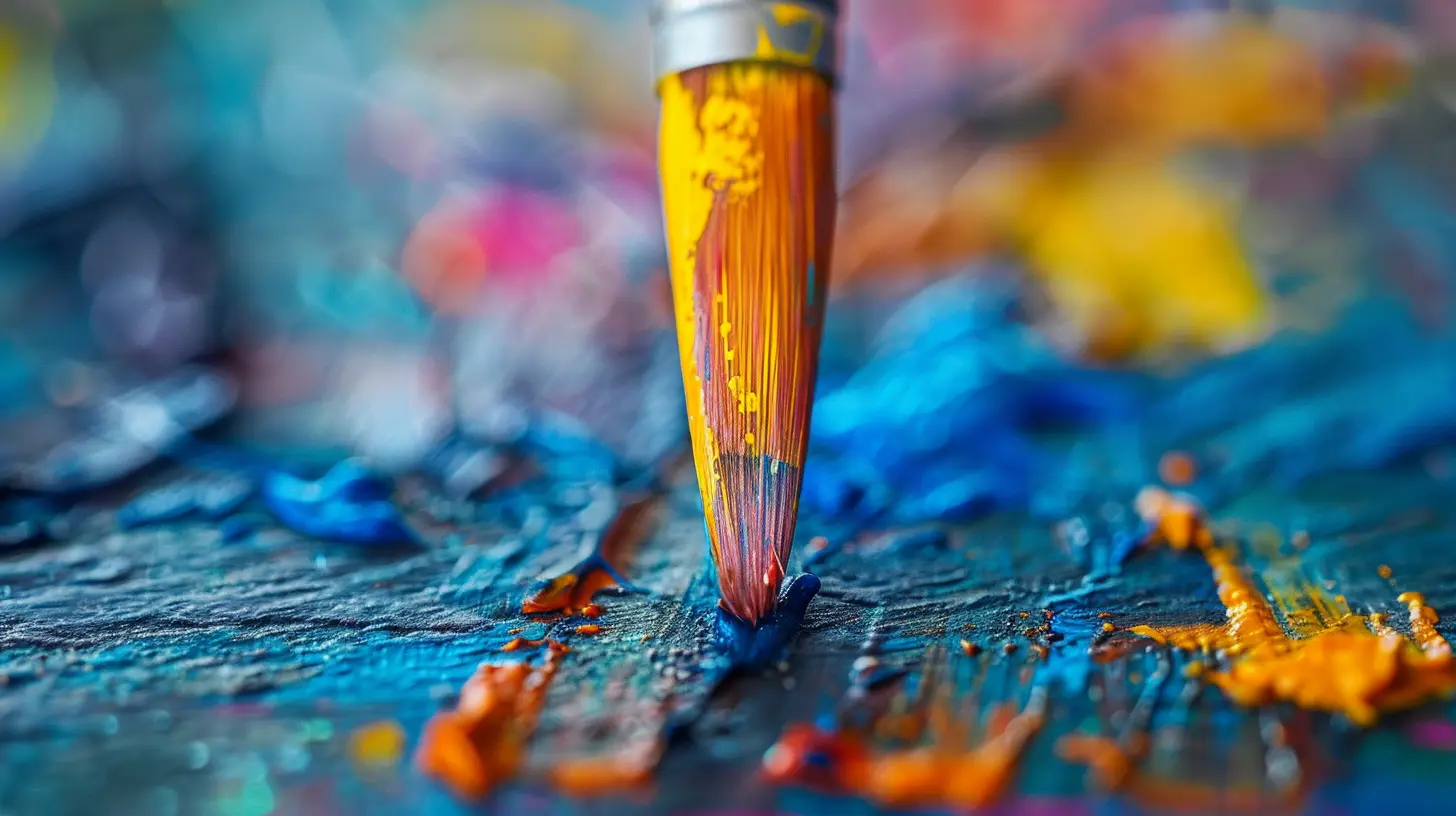
What Is Project-Based Learning?
Before we get into the nitty-gritty of creativity, let’s break down what project-based learning actually is. At its core, PBL is a teaching method where students learn by actively engaging in real-world and personally meaningful projects. Instead of passively absorbing information, students are encouraged to explore, ask questions, and solve complex problems. It's a hands-on, minds-on approach that often concludes with a tangible product or presentation.Unlike traditional learning methods that rely heavily on memorization, PBL shifts the focus to critical thinking, collaboration, and, of course, creativity. It’s not just about creating something for the sake of it; it’s about thinking deeply about the process and the product, making connections, and solving real-world problems in innovative ways.
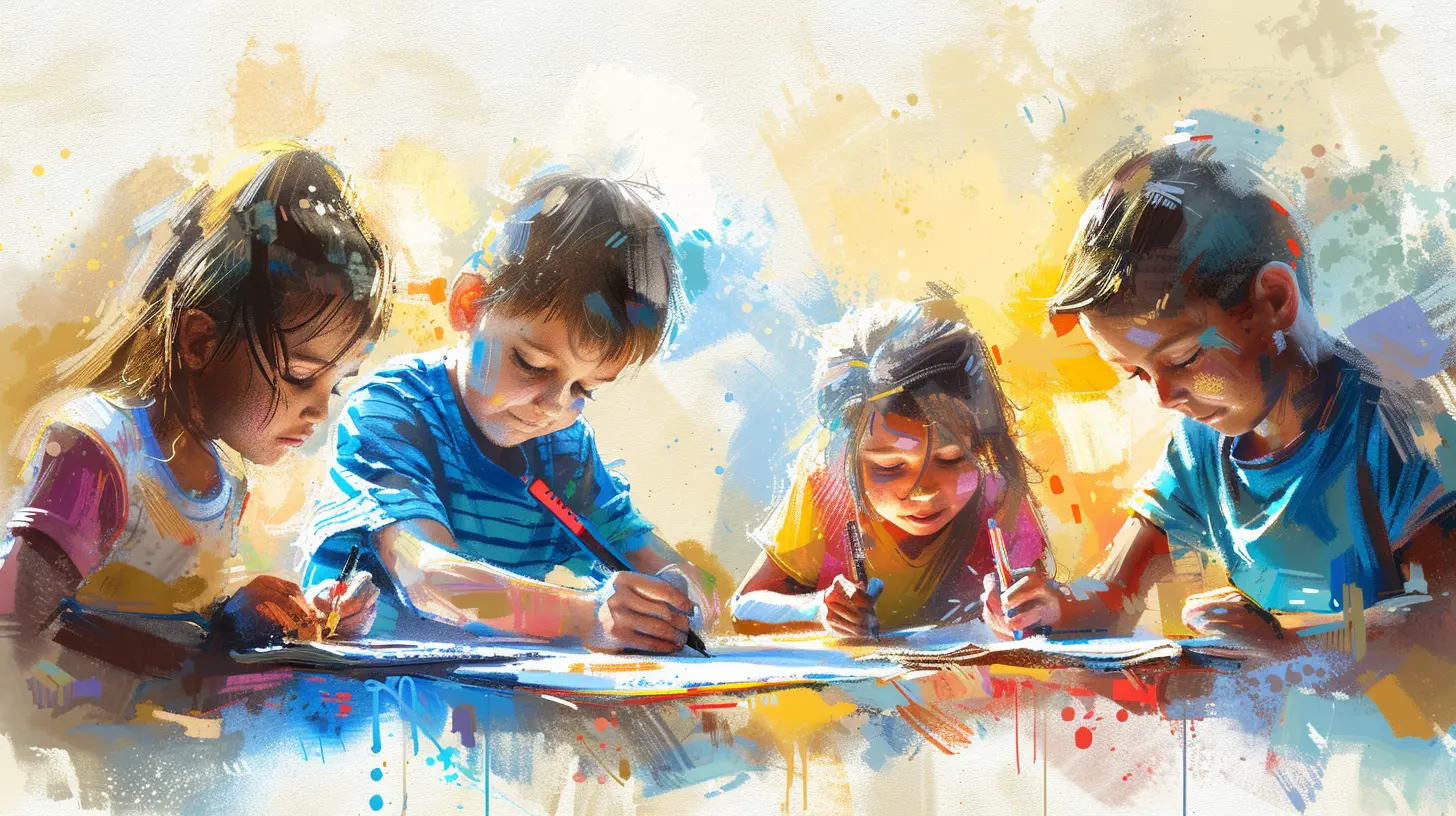
Why Is Creativity Important in Education?
You may have heard the phrase, "Creativity is the new literacy." Why? Because in an ever-changing world, the ability to think creatively is becoming just as important as reading and writing. Creativity helps students develop skills like problem-solving, adaptability, and the ability to think critically about complex issues.Think about it: the problems we face today – climate change, global health crises, social inequality – require innovative solutions. And who will come up with those solutions? Today’s students. Encouraging creativity in education isn't just about making students “artsy” – it’s about preparing them for an unpredictable future.
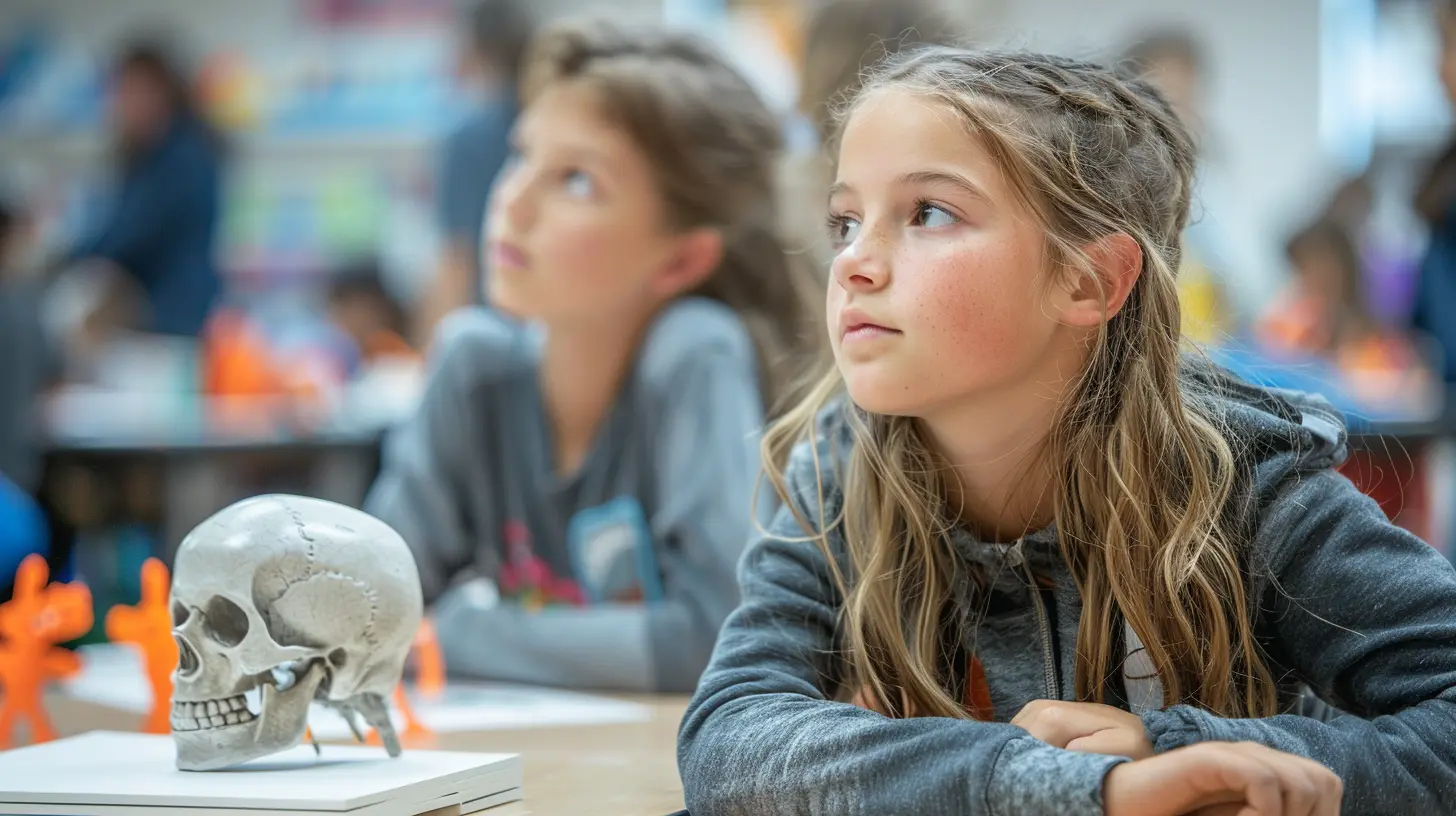
How Does Project-Based Learning Encourage Creativity?
So, how exactly does PBL foster creativity in students? Let’s break it down step by step:1. Student-Centered Learning
PBL places students at the center of their own learning process. Instead of being passive receivers of information, they're active participants. This ownership over their learning encourages them to explore topics that interest them, which naturally sparks creativity. When students are engaged and invested in what they’re learning, they’re more likely to think creatively about how to approach problems and develop solutions.2. Encouraging Critical Thinking
Creativity and critical thinking go hand-in-hand. When students are tasked with solving real-world problems, they need to think beyond the obvious. PBL encourages students to analyze different perspectives, evaluate evidence, and synthesize information from various sources. This process of critical thinking naturally leads to creative solutions.For example, if students are working on a project about reducing plastic waste, they’ll need to think about the issue from multiple angles – environmental, societal, economic – before coming up with a creative solution.
3. Collaborative Learning
Creativity thrives in collaborative environments. PBL often involves group work, where students must collaborate to achieve a shared goal. This not only helps students develop teamwork skills but also exposes them to different perspectives and ideas. When students bounce ideas off one another, creativity flourishes.Think of it like a brainstorming session – the more minds you have working on a problem, the more creative and diverse the solutions will be.
4. Freedom to Experiment and Fail
One of the most significant benefits of PBL is that it offers students the freedom to experiment, make mistakes, and even fail. In traditional classroom settings, failure is often viewed as something to be avoided at all costs. But in PBL, failure is seen as part of the learning process. When students know they won’t be penalized for trying something new and failing, they’re more likely to take creative risks.This experimentation is key to creativity. After all, some of the greatest inventions were the result of countless failed attempts. Just think of Thomas Edison and the lightbulb – he didn't get it right the first time, but his willingness to experiment led to a world-changing invention.
5. Real-World Relevance
PBL projects are often grounded in real-world problems, which makes the learning experience more relevant to students. When students can see the real-world implications of their work, they’re more motivated to come up with innovative solutions. This relevance to their own lives and communities encourages them to think creatively about how to solve problems in a way that makes a tangible difference.For example, students working on a project about designing sustainable cities might come up with creative solutions for reducing energy consumption or improving public transportation – ideas that could be applied in their own communities.
6. Multidisciplinary Approach
Creativity often happens at the intersection of different disciplines. PBL encourages students to draw from multiple areas of knowledge – science, math, art, history, and more – to develop their projects. This multidisciplinary approach helps students see connections between different subjects and think more holistically.Let’s say a student is working on a project about building an eco-friendly home. They might need to use math to calculate energy efficiency, science to understand sustainable materials, and art to design the home’s layout. By combining knowledge from various fields, students are more likely to come up with creative, well-rounded solutions.
7. Reflection and Feedback
PBL encourages students to reflect on their learning process and the outcomes of their projects. This reflection helps them think critically about what worked, what didn’t, and how they can improve. When students take the time to reflect, they often come up with new ideas and creative solutions they hadn’t thought of before.Plus, feedback from teachers and peers provides additional opportunities for creative thinking. Constructive feedback can spark new ideas and push students to think more deeply about their projects.
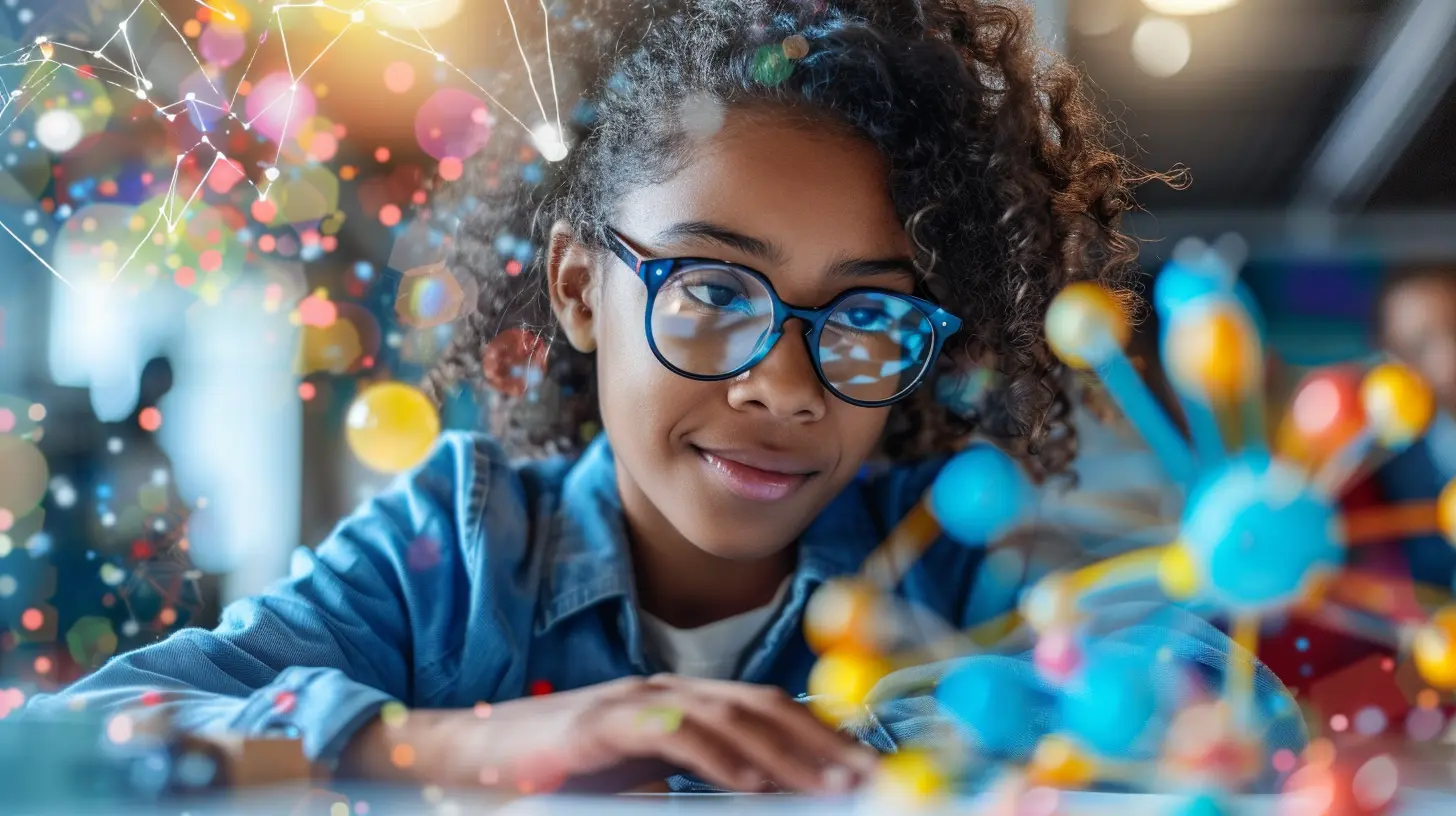
How to Implement Project-Based Learning to Foster Creativity
Now that we’ve covered why PBL is such an effective way to nurture creativity, let’s talk about how to implement it in the classroom or at home.1. Start With a Driving Question
Every good PBL project starts with a driving question – a question that’s open-ended, challenging, and relevant to the students’ lives. This question should require students to think critically and creatively to come up with a solution.For example, instead of asking, “How can we reduce plastic waste?” you might ask, “How can we redesign everyday products to eliminate the need for plastic?” This type of question encourages students to think creatively about product design and sustainability.
2. Provide Structure, But Leave Room for Creativity
While it’s important to provide students with some structure and guidance, it’s equally important to leave room for creativity. Give students the freedom to explore different approaches, experiment with ideas, and come up with their own solutions.One way to do this is to offer a variety of tools and resources, but let students decide how they want to use them. For example, you might provide access to art supplies, technology, and research materials, but allow students to choose which ones they want to incorporate into their projects.
3. Encourage Collaboration
As we discussed earlier, collaboration is key to creativity. Encourage students to work together in teams, share ideas, and give each other feedback. Group projects can be especially effective in fostering creativity because they allow students to build on each other’s ideas and come up with more innovative solutions.You could set up brainstorming sessions, group discussions, or peer review sessions where students can share their ideas and get feedback from their classmates.
4. Emphasize the Process, Not Just the Product
While the final product of a PBL project is important, the process is just as valuable. Encourage students to focus on the creative process – brainstorming, experimenting, problem-solving – rather than just the end result.Ask students to document their process along the way, whether through journals, photos, or videos. This will help them reflect on their learning and see how their creative thinking evolved over time.
5. Celebrate Creativity
Finally, celebrate creativity in all its forms! Whether a student’s project is a smashing success or a work-in-progress, acknowledge the creative effort they put in. This will encourage them to continue taking creative risks in the future.You might hold a showcase where students can present their projects to their classmates, teachers, or even the community. This gives students a platform to share their creative ideas and get recognition for their hard work.
Conclusion
In a world that’s constantly changing, creativity is more important than ever. Project-based learning offers a powerful way to nurture that creativity in students, giving them the skills they need to solve real-world problems and think critically about the world around them. By encouraging student-centered learning, collaboration, experimentation, and reflection, PBL fosters a learning environment where creativity can truly thrive.So, whether you’re a teacher looking to implement PBL in your classroom, or a parent interested in fostering creativity at home, remember: the key to creativity is giving students the freedom to explore, experiment, and think outside the box.
all images in this post were generated using AI tools
Category:
Creativity In EducationAuthor:

Eva Barker
Discussion
rate this article
2 comments
Zain Vaughn
This article offers insightful strategies for fostering creativity through project-based learning. By emphasizing collaboration and real-world applications, educators can cultivate innovation and engagement in their students effectively.
June 7, 2025 at 3:54 AM

Eva Barker
Thank you for your insightful feedback! I'm glad you found the strategies for fostering creativity through project-based learning valuable. Collaboration and real-world applications are indeed key to engaging students!
Lilith Howard
Project-Based Learning fosters creativity by encouraging exploration, collaboration, and critical thinking, essential for real-world problem-solving skills.
June 6, 2025 at 4:24 AM

Eva Barker
Absolutely! Project-Based Learning enhances creativity by allowing students to explore, collaborate, and think critically, essential skills for tackling real-world challenges.
